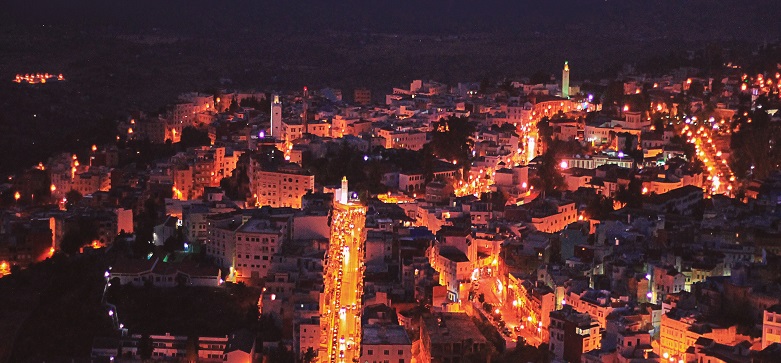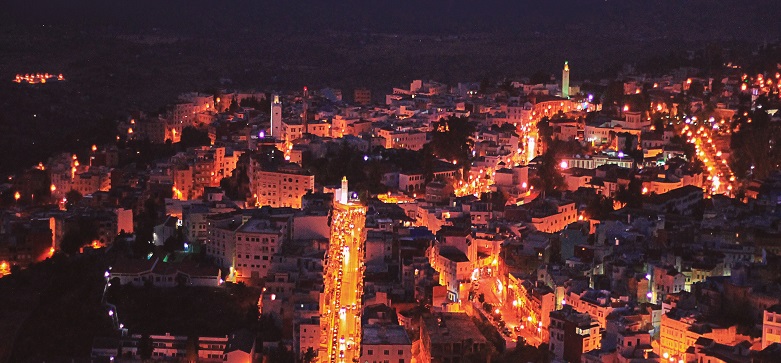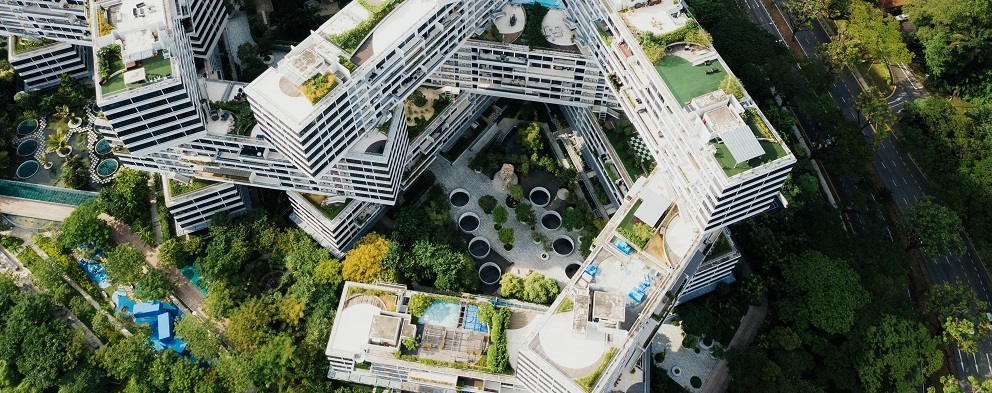Unit 2: World Patterns of Population and Settlement - THE PROJECT INSTRUCTIONS ARE FOUND AT THE END OF THIS BOOK
| Site: | MoodleHUB.ca 🍁 |
| Course: | World Geography 30 |
| Book: | Unit 2: World Patterns of Population and Settlement - THE PROJECT INSTRUCTIONS ARE FOUND AT THE END OF THIS BOOK |
| Printed by: | Guest user |
| Date: | Wednesday, 24 December 2025, 11:20 AM |
Description
1. INTRODUCTION
UNIT 2: WORLD PATTERNS OF POPULATION AND SETTLEMENT
In this unit, you, the budding geographer, will demonstrate an understanding of the following:
a. the human occupance of Canada
b. the human occupance of the world
c. case studies in population and settlement
d. humankind's settlement types and patterns
e. cities of the world and world urbanization

2. WORLD POPULATION OVER TIME

To understand humanity's geographic patterns one of the things we must study is world population over time.
This activity is three-fold:
- Review the questions below the video.
- Watch the video.
- Answer the questions on paper or in a digital document.
1. What was the sound in World Population? What does this sound symbolize?
2. In approximately what year did you begin to notice a large increase in population growth? What historical events, scientific advances or societal changes at that time period may contributed to that population growth?
3. Were there any points in the film when you noticed slight decreases in the population? If so, in what parrt(s) of the world did you notice decreaing population? What historical events in those time periods may have contributed to the population decreases?
4. In what time period did the most population growth occur? During that time period, which parts of the world experienced the most growth?
5. Are there any areas of the world which are likely to remain relatively unpopulated by the year 2030?
6. Won't advances in science and technology enable our planet to accomodate a growing population?

3. HUMAN POPULATION GROWTH & SUSTAINABILITY

Who was Malthus and why was he wrong? How well are we using the resources available to us?
Watch the following videos:

4. EVOLUTION OF SETTLEMENTS
Our relationship with physical geography is an interesting one.
This activity is similar to the last:
- Review the questions for the video
- Watch the video
- Answer the questions in a medium that is useful for your own learning.
- What ultimately determines where humans live?
- Is there a common factor that changes the way humans settle?
- Describe how the production of goods contributed to the growth of cities.
- What are some of the problems that will arise from overpopulation?

5. CASE STUDIES OF SETTLEMENT
Why do we live where we live?
This video provides an interesting look at the major differences between patterns of urban centers in America vs urban centers in Europe:

6. BUILDING BETTER CITIES

If where we live is so important we should probably evaluate it scientifically to make sure we are using it to its greatest potential.
Peter Calthorpe is an architect, urban planner, and sustainable living advocate. This is a recent TED Talk he gave on designing urban centers around humans and human interaction.
This TED Talk will be very helpful in working on your project for this unit. Make sure you take notes and think critically about the content.

7. PROJECT 2: NEIGHBOURHOOD IMPROVEMENT PROPOSAL
PROJECT 2: NEIGHBOURHOOD IMPROVEMENT PROPOSAL
- clearly defined proposals for improvements for a neighbourhood of your choice.
- visual aides to show visually what your proposed improvements could look like.
- a brief look at similar improvements implemented by another city already (explain why they worked)
- Your proposal needs to make it very clear HOW you recommend the city implement the changes AND WHY your proposed concept is needed and valuable.
- you also need a bibliography of all of your sources.
Note: this project takes a ton of work to complete. It will likely take at least a few weeks if you are doing it during class time.
The steps you need to take to complete this project are:
- Research and synthesize information from various sources (at least 4) that describe science-supported ways to improve urban living.
- Choose a city/neighbourhood that was improved using the science you have researched. Look at HOW they implemented the improvements and WHY they did it. Use Google Scholar to find scholarly sources on the subject.
- Then, Identify a neighbourhood in Airdrie, Cochrane, Chestermere, (you cannot do downtown Calgary) that you think could be improved through better planning.
- Using your newfound knowledge, build a concept for improving your chosen neighborhood. Use your research to inform this concept. You should have at least three high-quality visuals in this concept (actual image with improvements, new population map, topographical building map, etc.)
- Prepare a proposal for the city council relevant to your chosen neighbourhood. Your proposal can be done in a Word Document or a Powerpoint. Your proposal needs to make it very clear HOW you recommend the city implement the changes AND WHY your proposed concept is needed and valuable.
What to include in your proposal:
- THREE DISTINCT CHANGES you feel would improve your chosen neighbourhood that are supported by evidence.
- THREE VISUALS of the improvements you are proposing for the neighbourhood (you get unlimited funding) I highly encourage you to draw/photoshop your own.
- Your reasoning for the changes you propose. Your reasoning needs to be backed up by scientific research.
- An overview of a DIFFERENT CITY already improved by similar methods you propose for your neighbourhood.
- A bibliography in APA or MLA format that references your sources.
- Your proposal needs to make it very clear HOW you recommend the city implement the changes AND WHY your proposed concept is needed and valuable.
The mark breakdown for this project is:
- Creativity & Organization: /10
- Argumentation (three changes proposed that are supported with sound reasoning) : /30
- Real-life City Improvement Overview: /30
- Three Neighbourhood Concept Visuals: (I highly recommend drawing/photoshopping something custom) /20
- Bibliography (in APA or MLA format): /10
- TOTAL: /100
Please review the rubric for this assignment: PROJECT 2 RUBRIC
Hand in your project here: PROJECT 2 DROPBOX
EXEMPLAR:




